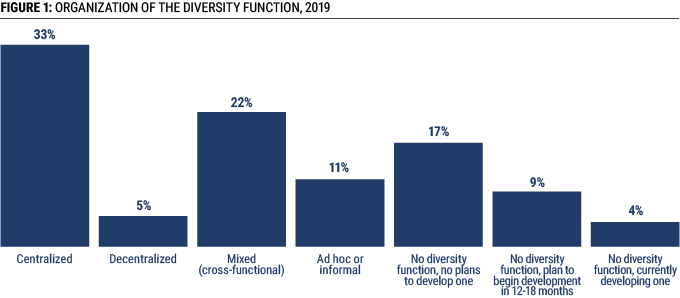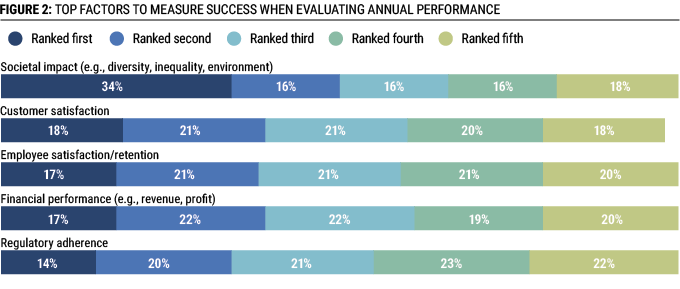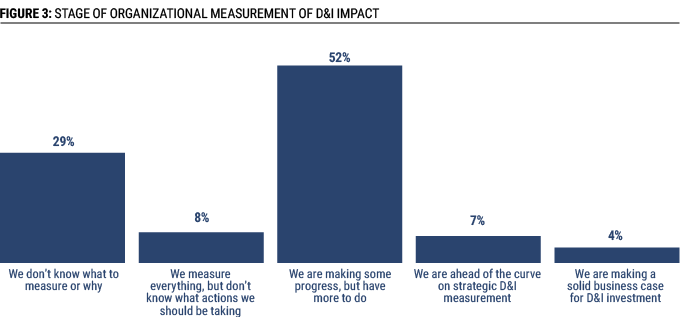
Organizations are devoting more resources than ever to diversity programs, but figuring out how to measure those efforts is a moving target.
by Ashley St. John
February 11, 2020
Another decade has passed, and we find ourselves entering the 2020s. To be sure, it’s a different world than it was just five or 10 years ago. With the pace of change accelerating all the time, big shifts have occurred in a relatively short amount of time.
One of those shifts has been an increase in organizations focusing on diversity, equity and inclusion. According to the “2019 Diversity Value Index Benchmarking Report,” compiled by Human Capital Media’s Research and Advisory Group, organizations are devoting more resources than ever to diversity programs, whether through increased budget or staff numbers.
The “2019 Diversity Value Index Benchmarking Report” combines the results of the 2019 “Diversity State of the Industry” survey with demographics insights from our Talent Tracker data service.
According to the report, roughly 70 percent of surveyed organizations have a diversity function, whether centralized (33 percent), cross-functional (22 percent), ad hoc or informal (11 percent), or decentralized (5 percent). Seventeen percent have no diversity function and no plans to develop one, while the remaining 13 percent don’t have one currently but are either developing or planning to develop one in the next 12 to 18 months (Figure 1).

Although the DVI has appeared since 2012, the questions in previous surveys were asked differently enough that trends in this area are hard to compare. But in Deloitte Insights’ “2017 Global Human Capital Trends” report, 69 percent of executives rated D&I an important issue, up from 59 percent in 2014. Additionally, the proportion of executives who cited inclusion as a top priority rose by 32 percent compared with the 2014 survey. And in the more recent 2018 and 2019 “Global Human Capital Trends” reports, Deloitte has focused on the rise of the social enterprise. In fact, when CEOs were asked to rate their most important measures of success in 2019, the top issue they cited was “impact on society, including income inequality, diversity and the environment” (Figure 2).

Currently, most organizations recognize their work is cut out for them. They are still figuring out how to assess the impact of their D&I programs and establish what success looks like. A 2019 white paper published by HCM’s Research and Advisory Group, “Moving the Needle on Strategic Diversity,” shared that half of all organizations say they’ve made progress but have more to do (Figure 3). One reason that may be, according to the white paper, is that D&I work is never truly finished — “practicing diversity” is an ongoing process that doesn’t stop at worker parity.

Research has shown that having diversity at all levels of an organization is financially beneficial to business and can improve innovation and performance. This information is not new. And the 2019 DVI report makes a powerful argument for D&I as a solid contributor to business performance. But based on Deloitte’s research, it seems that focusing on improving D&I efforts and having a dedicated diversity function would also be a part of a bigger picture effort by organizations to enhance their societal impact and connection.
The next decade will no doubt bring countless unforeseen changes. But one thing seems clear: As we move ahead, we can likely look forward to more focus on the human element.




